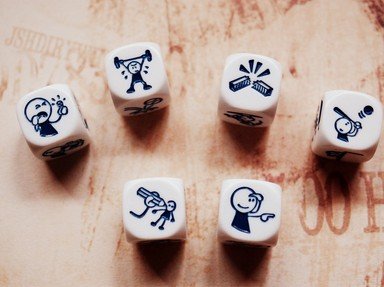Quiz Answer Key and Fun Facts
1. Bubba was a grouper fish from Queensland in Australia, but lived his life in an aquarium in Chicago, Illinois. Which astonishing medical first is recorded against his name?
2. When the ship Hansa Carrier lost five containers packed with Nike shoes during an ocean storm near Alaska in 1990, to what use did scientists put these?
3. Oh my stars, you won't believe this. Earwax in days gone by was used by people for several things. One of these was as an aid in the trade of seamstress. What was this?
4. A bludger is a round hard ball used by Harry Potter to play quidditch, but what else does this word mean in Australia in the 21st century?
5. Honey produced from certain plants has the ability to make its consumers intoxicated.
6. In January 1988, prisoners in the Fremantle jail in Western Australia started a riot and a fire in order to let a group of other prisoners escape. Why was it unsuccessful?
7. What is an "aseismic creep"?
8. Which ruler of the United Kingdom, who died in 1936, is associated with the expression "Bugger Bognor"?
9. Harold Holt, elected Prime Minister of Australia in 1966, disappeared while swimming off the coast of Victoria on 17 December 1967. His body was never found. What is the most peculiar monument to his memory today?
10. What does the lovely Irish expression "a ghra mo chroi" mean in English?
Source: Author
Creedy
This quiz was reviewed by FunTrivia editor
Pagiedamon before going online.
Any errors found in FunTrivia content are routinely corrected through our feedback system.


